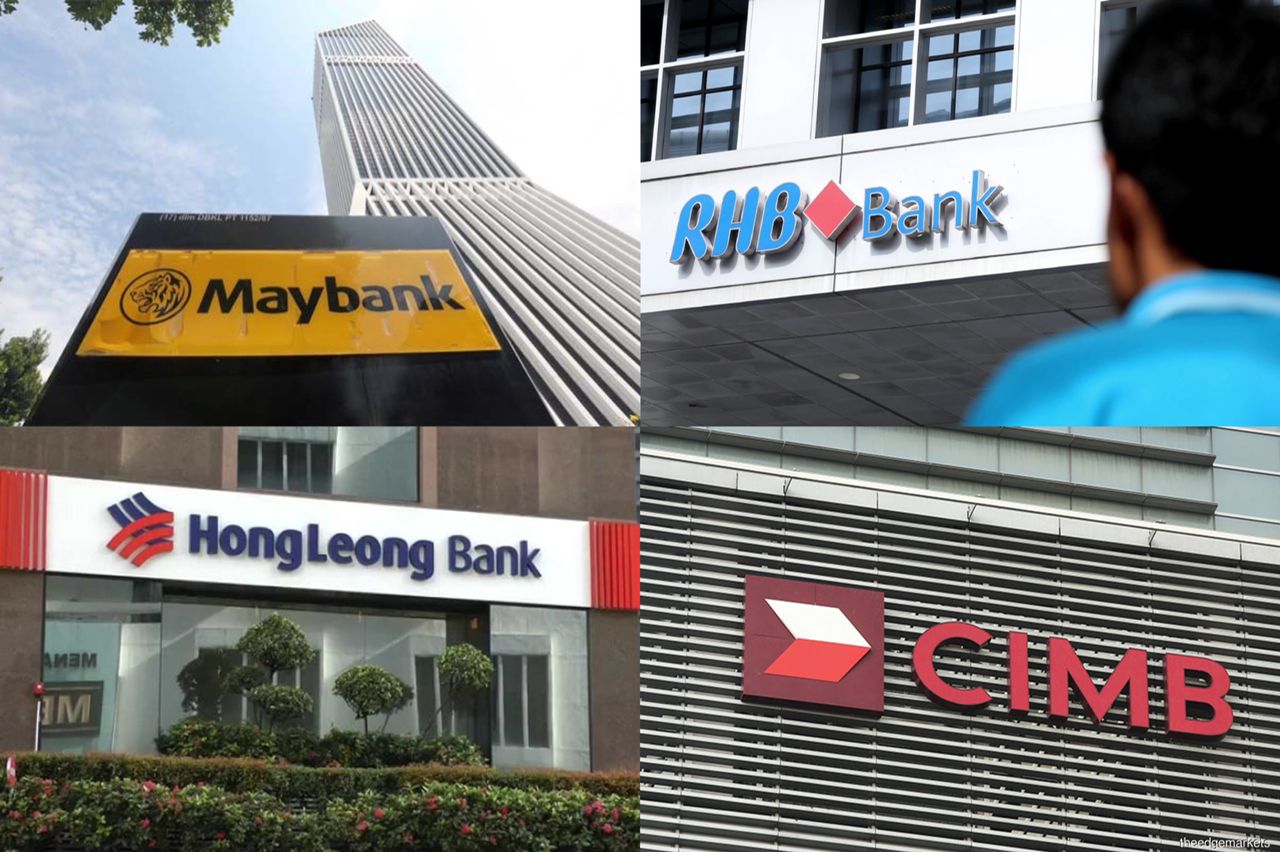YESTERDAY’S (May 11) sooner-than-anticipated overnight policy rate (OPR) hike of 25 basis points to 2% is undoubtedly a boon for banks as they will be able to price in higher rates to lift earnings in the aftermath of two rounds of moratorium measures that could potentially increase their loan loss provisions and impact dividend payouts.
Kenanga Research expects the interest rate hike to generally translate to earnings revisions of up to 3% for banks.
“While we keep other key assumptions unchanged for now, we had anticipated that there could be some erosion in NIMs (net interest margin) in CY2023 as competition for deposits may continue to be intense,” opined analyst Clement Chua in a banking sector update.
“Still, the higher OPR would support the margin gains seen since July 2020’s 1.75% OPR levels where deposit products had been progressively re-priced efficiently than financing ones.
“Not forgetting, CY2022 would bear the brunt of the one-off prosperity tax (cukai makmur) in addition to sequential decline in investment and trading gains as market sentiment is predicted to be comparatively softer.”
For now, Kenanga Research which reiterated its “overweight” outlook on the banking sector expects investors to react positively to the higher OPR, reaffirmed by the improved earnings prospects that could be seen with further rate hikes to come.
“We believe opportunities for capital gains are still present. Selectively, we had favoured stocks with additional value propositions to be our top picks for this 2Q CY2022 period, namely (i) RHB Bank Bhd (“outperform; target price: RM6.95); and (ii) Hong Leong Bank Bhd (“outperform”; TP: RM22.85),” the research house pointed out.
“RHB Bank’s successful bid with Boost Holdings for a digital banking license could stir greater interest when details of its strategic plans are made available.”
Moreover, the research house expects RHB Bank to be the quickest beneficiary of OPR hikes given its higher floating rate financing mix while Hong Leong Bank could be seen as a contrarian pick.
“While it is expected to benefit from a greater demand for loans like its peers, its better-than-pre-pandemic GIL (gross impaired loan) ratios indicates high asset quality safety in the event of any unforeseen worsening of COVID-19 or global macros that may affect overall asset quality prospects,” justified Kenanga Research.
Meanwhile, PublicInvest Research expects the start of the rate normalisation cycle and gradual economic recovery to bring about asset quality improvements, loans growth and margin expansions – all of which are medium-term boons to the sector.
“While we maintain our ‘neutral’ view on the sector, it continues to be with a positive bias given its lagging valuations relative to the broader market. For sector exposure, we like Maybank (Malayan Banking Bhd) and CIMB Group Holdings Bhd,” noted the research house.
Nevertheless, PublicInvest Research expects positive impacts – on face value – to be more notable on banks with higher levels of variable-based loans (ie RHB Bank @ 87.6%, Alliance Bank Malaysia Bhd @ 83.1% and Hong Leong Bank @ 82.5%) as loan rates are re-priced more immediately thereby lifting income faster.
“While CIMB Group also has a high proportion of variable rate loans (82.1%) in its portfolio, 37% of its total loans are overseas exposures not affected by this hike,” noted the research house. “It should, however, be noted that Indonesia – its second largest interest income contributor – is also on track for upward adjustments in rates.” – May 12, 2022









